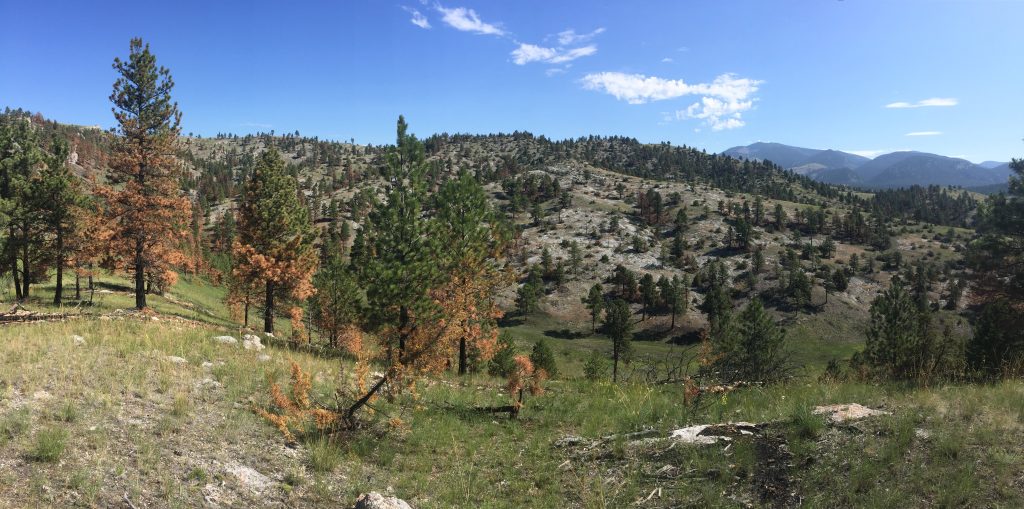Continuing Conservation in the Helena-Lewis and Clark National Forest
The NWTF continues its conservation work in the Helena-Lewis and Clark National Forest, part of its Western Wildlands region in the Big Six of Wildlife Conservation.
Since 2017, the NWTF has assisted the USDA Forest Service with the Beaver Soup and Bull Sweat projects, designed to improve wildlife habitat and address the risk of catastrophic wildfires.
“Activities in these project areas work to restore the native ponderosa pine savanna forest structure and reestablish low-intensity fire on the ecosystem,” said Dave Nikonow, NWTF cooperative biologist in Montana.

Since 2015, Nikonow has provided technical assistance to the Forest Service and other federal land managers throughout the Lolo, Bitterroot, Helena-Lewis and Clark and Flathead National Forests to incorporate habitat restoration activities that benefit wild turkeys and many other species, which is exactly the case with recent projects in west-central Montana.
“Fire has shaped and developed the landscape of North America,” Nikonow said. “The plant and animal species have evolved with the presence of fire and benefit from the ecological process. For over 100 years, fire suppression in places like Lewis and Clark National Forest has halted the natural process that these plants and animals depend upon.
This has made the forests overly dense, leading to uncharacteristically intense wildfire and poor wildlife habitat.”
Nikonow and the Forest Service are working to combat over 100 years of fire suppression and restore the native ponderosa pine savannas, characterized by their expanse of grassy, low-growing vegetation and interspersed ponderosas. To create this rich patchwork of habitat, forest managers selectively remove undesirable species like Douglas firs and apply prescribed fire in sections.
It might sound contradictory, but forest managers use low-intensity controlled burns as a management tool to prevent catastrophic wildfires and improve wildlife habitat.
“Fire stimulates the growth and vigor of forbs and grasses, which provide abundant insect populations and cover for poult rearing,” Nikonow said. “Fire also enhances the growth of berry and other soft-mast-producing shrubs which provide fall and winter wild turkey forage.”
Since 2015, the NWTF has secured critical funding for projects in Nikonow’s district and has worked in collaboration to conserve or enhance nearly 12,000 acres of critical wildlife habitat.
CONNECT WITH US
National Wild Turkey Federation
770 Augusta Road, Edgefield, SC 29824
(800) 843-6983
National Wild Turkey Federation. All rights reserved.
